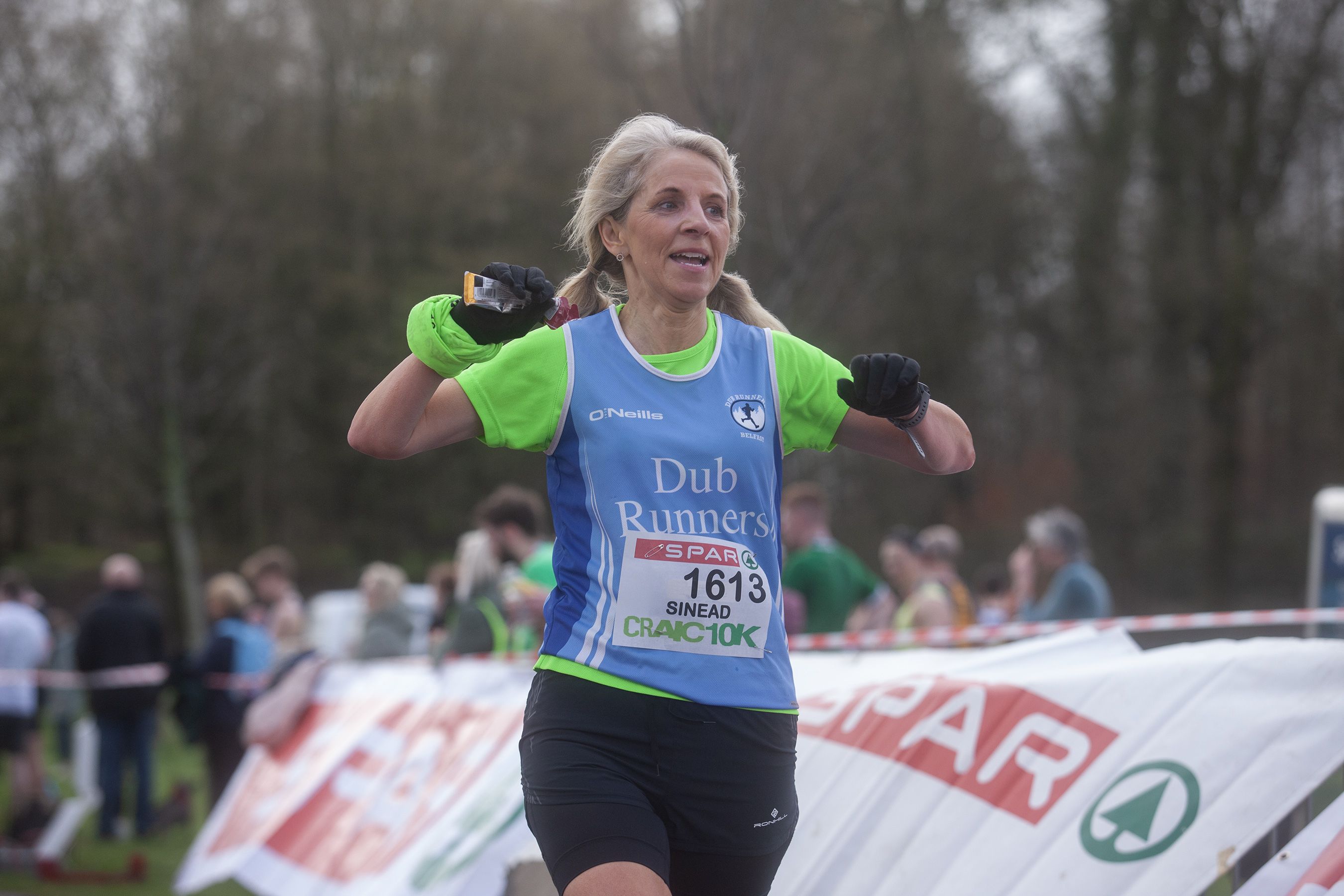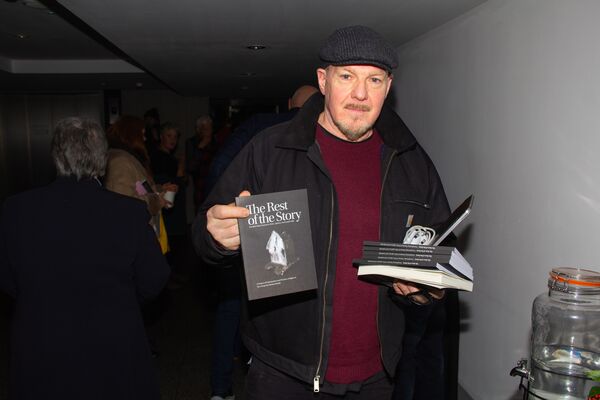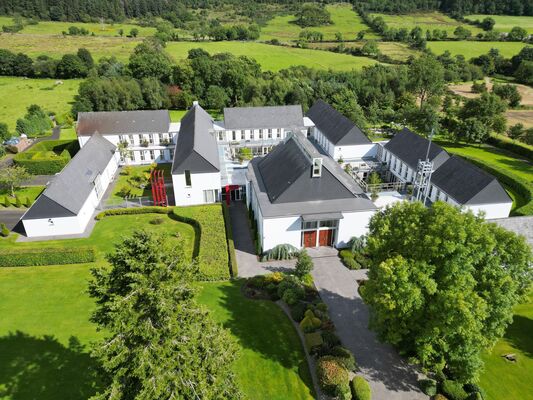AS a young boy I used to love to take things apart and put them back together again. My poor father would always want to know what I was doing and why I was doing what I was doing. Throughout my life – from my wee sister Annemarie, who knows me inside out, to Sir Van Morrison – I was told that I was an iconoclast. Being me, I needed to know what that meant, I know that it sounded good.
Being called an iconoclast can be both a compliment and a criticism, depending on the context and, more importantly, who is the person delivering it. I found out that, at its core, being an iconoclast means that you challenge established norms and beliefs and are not afraid to take a contrarian view on popular ideas. While this can be seen as an admirable trait by some , it can also be viewed as disruptive and divisive by others.
Now the St Patrick's Day Spar Craic 10k run may seem like an entirely different topic, but bear with me, there is a connection to be made. Running a race is a physical manifestation of pushing oneself beyond your limits, of going against the norm, of challenging yourself to achieve something that is not easy. In a way, it requires an iconoclastic mindset to take on such a challenge, to ignore the naysayers who tell you it’s impossible, to push through the pain to reach the finish line.
So what does it mean to be an iconoclast in the context of a wonderful local race like the Spar Craic 10K? I believe that it means that you are not content with simply following the pack and doing what everyone else is doing. Each runner wants to push themselves to new heights, to break free from the limitations that someone or society has placed on them. Each runner is is not afraid to challenge themselves, to try new things, and most of all, as in the world of Zen, to explore the unknown.
I believe that being an iconoclast in this sense is not just about individual achievement. It’s also about inspiring others to challenge themselves to pursue their own goals and dreams. When others see you pushing yourself to the limit, it can inspire them to do the same. It can create a ripple effect that spreads far.
My good friend Derry John and myself witnessed this on Paddy’s Day when we saw a runner who had finished his race continue to offer support to the racing community by helping out with distributing water, bananas and medals. Both John and myself could do nothing better but to offer our support too.
A word of caution from an old-timer like myself: there are risks to being an iconoclast as well. Going against established norms can often result in a backlash from those who feel threatened by change. Look no further than Stormont where we can see how difficult at times it can be to navigate the waters of change.
But I’m a believer in the good news, and the good news here is that for those who are willing to go against the tide and test themselves, the results are often rewarding and fulfilling. It means that we continue push our way to new heights, embracing challenges and obstacles as opportunities for growth and development. It means being a trailblazer, forging new paths where others only see dead-ends.
And in the end, whether you crossed the finish line first or last in the Spar Craic 10K, what mattered most was not the accolades but the journey itself; that's what makes it all worthwhile.
So embrace your inner iconoclast – and see where the road less travelled can take you.








